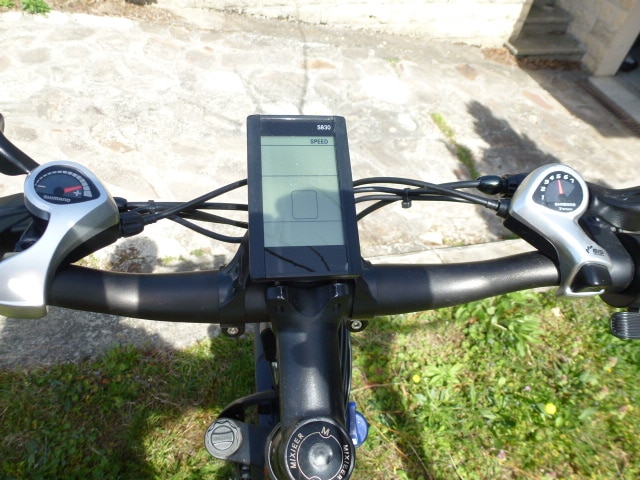Shift properly on your ebike to ride more smoothly, silently, faster and safer, preserving your drive from quick wear-off.
Not everybody knows how to properly shift gears on an ebike, riding better, faster, sparing electricity and energy and, last but not least, avoiding to damage your drivetrain.
Greatly diminish the thrust on your pedals when shifting
Derailleurs are mechanical devices that simply push the chain from one gear to the other. That’s why you can’t shift without pedaling, because an idle chain cannot jump from one gear to the other. Keep in mind that, if you push strongly on the pedals when shifting, you create an excessive attrition between gear teeth and chain, thus putting unnecessary strain on both, wearing them off much faster, or even breaking them. The only exception is, if your bike has got an internally geared hub: it allows you to shift speeds even when you don’t pedal or you are at a complete stop. Nevertheless, when you start pedaling again, you’d better do it softly in order to preserve your shifter.
As I wrote on this blog, if you ebike has got a rear hub motor, you can keep the same speed although you pedal very slowly and delicately when shifting gears, because the motor will push the bike without exerting any pressure on the chain.
Your ebike has got less speeds than what you may believe
Let’s imagine an ebike with three different chain rings up front, I mean the big rings close to the pedals. If the sprockets, the small rings on the rear wheel hub, are seven, one may reckon 21 speeds, i.e. seven multiplied by three. Right? Not quite. Indeed, as you can see in the pictures below, if you select the smallest chain ring upfront, which is the closest to the frame, you shouldn’t select any speed on the rear hub faster than the second speed. That’s because the slower the speed gear is, the closer is to the left, both on the chain rings and on the rear hub. If you select the slowest and smallest chain ring upfront, all the way to the left, together with the fastest and the smallest sprocket on the hub gear, all the way to the right, you put a considerable strain on your chain and gears, since the chain will be obliquely oriented between the front and rear gears. Consider that gear teeth fit narrowly in chain links, so a chain working obliquely causes attrition between teeth and chain links, which slows down your riding, creating an unpleasant noise and damaging your chain, your chain ring, your sprockets and your shifter.

Chain going obliquely from the slowest speed on the chain ring to the fastest one on the rear hub = wrong!
Carefully match chain ring gears with rear hub sprockets
Practically one should match front and rear gears that are similarly fast or slow. That is, with the above mentioned ebike, if you have chosen the slowest chain ring, you shouldn’t select a hub speed faster than the second; if you have selected the chain ring in the middle, you should couple it with a rear speed going from the third to the fifth; and, should you select the bigger and faster chain ring, you’d better choose a rear speed from the fifth to the seventh. See the picture below, the chain goes straight from the chain ring to the rear hub, because the speeds are selected correctly, the middle chain ring combined with the fifth on the rear hub.

Chain going straight from the fastest chain ring to one of the fastest rear hub gears = correct!
Pay attention to the chain guide
The chain guide is the small slot right above and behind the chain rings, normally actioned through the left lever. Sliding from the left to the right, it pushes the chain from one chain ring onto the other. Since it’s quite narrow, the more the chain goes obliquely from the chain ring to the rear hub, the more it will touch the chain guide. This results in noise, attrition, damage to the chain and the chain guide itself. In order to avoid that, just use your shifting lever to slightly move your chain guide to the right or to the left, adjusting it in order to avoid any conduct with the chain.

The chain guide is wrongly positioned, thus touching the chain
Let’s make it even simpler
Very simply, since you’ve got two shifting levers, they should always be set in positions that are not too divergent: both close to the middle or to any of the two extremes. See the picture at the top.
Find more ebike tips here.



My new e bike shifts upward +via an electric switch but there is no ~or downshift. It appears it requires Manuel downshift ,is that correct?
Hello, thank you for your comment. I don’t know which kind of shifter you’re using, so I can only state that what you say is possible.
Cheers,
Luca